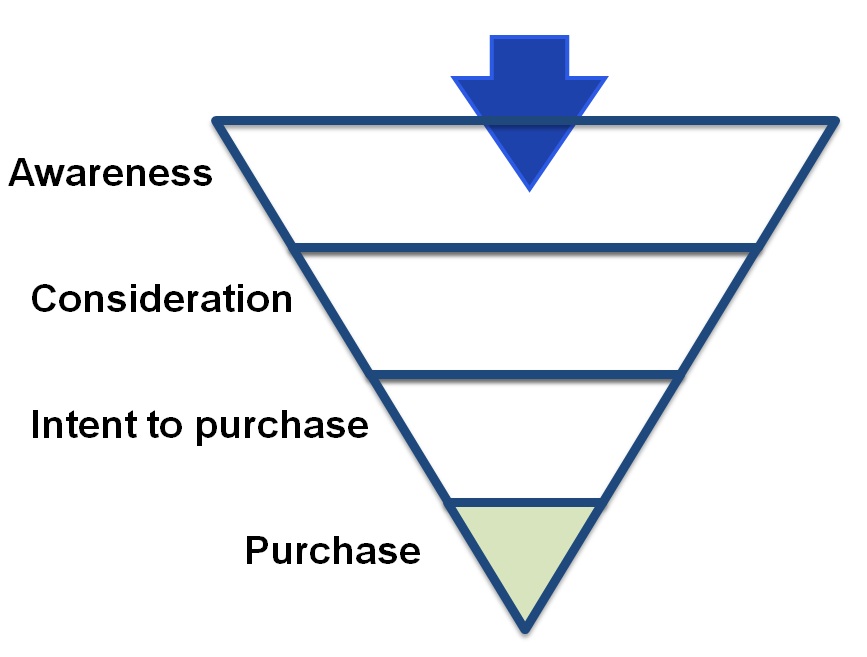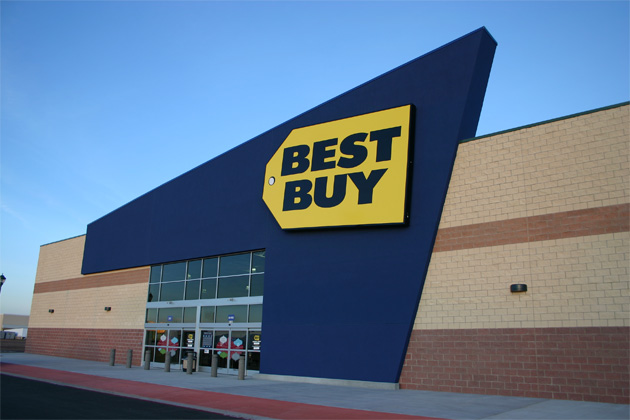Jean-Francois Lapointe added an online business to his BDH Bikes store in 2006 after buying his father’s bicycle shop and has built it into a $4-million-a-year enterprise.
Last week I read an article on the Ottawa Citizen about Jean-Francois Lapointe, owner of BDH Bikeswhich is located in Gatineau, Quebec. Growing up, Lapointe worked for his father at the bike shop, but had to rely on employment insurance during the winters because business was too slow to keep him employed. When he took ownership of the shop from his father, he decided a change had to be made. Instead of focusing solely on the traditional brick-and-mortar business which limited sales in the winters, Lapointe figured it would be advantageous to start selling bike parts online, and it was. By enabling e-commerce through both his website and eBay, Lapointe was able to expand the reach of his company to bike aficionados worldwide. Today, BDH Bikes is considered to be one of “Canada’s biggest online retailers of bicycles, parts and accessories, with yearly gross sales of $4 million.”
This is a great example of successfully moving from offline promotions and communications to include a significant role for online activity. Moving your business online provides plenty of opportunities for growth. In Lapointe’s case, it allowed him to target a niche market through microsegmentation.
This gave him “unrestricted” shelf space, which allowed for more selection for his consumers. In addition, the expanded collection allowed him to reach the customers that aren’t into mainstream products, thus increasing market share and sales. This is called the Long Tail, which Chris Anderson delves into further in his article on Wired.com. For a better example of the Long Tail, take Amazon.com for instance. A typical Barnes & Noble offers a selection of 130,000 books whereas Amazon’s inventory is comprised of roughly 2.3 million books. Although Barnes & Noble offers the most popular and mainstream books available, they fail to account for the segment of customers interested in more obscure items. Amazon capitalizes on this by offering the niche fare that their offline competitors don’t. This is evident by more than half (57%) of Amazon’s book sales coming from outside the top 130,000 titles. The Long Tail proves that even though many consumers congregate towards the mainstream items, “there will always be real demand for niche fare found only online.”
BDH Bikes is just one of the many great examples of the advantages to using the Long Tail.



 What better way to attract a target market than by getting a main influencer within the category, Justin Bieber in this case, to endorse their brand? As I learned in class, influencers can play a huge role as customers reach the stage of researching and evaluating their options. When influencers endorse a product, they make customers narrow down their consideration set, which is full of your competitors. In addition, by focusing on a specific target market like this, they are further narrowing down the funnel by concentrating on a niche group of customers who are more likely to convert. This will surely help to increase the chances of turning awareness into consideration, followed by intention and subsequently into purchases.
What better way to attract a target market than by getting a main influencer within the category, Justin Bieber in this case, to endorse their brand? As I learned in class, influencers can play a huge role as customers reach the stage of researching and evaluating their options. When influencers endorse a product, they make customers narrow down their consideration set, which is full of your competitors. In addition, by focusing on a specific target market like this, they are further narrowing down the funnel by concentrating on a niche group of customers who are more likely to convert. This will surely help to increase the chances of turning awareness into consideration, followed by intention and subsequently into purchases.


